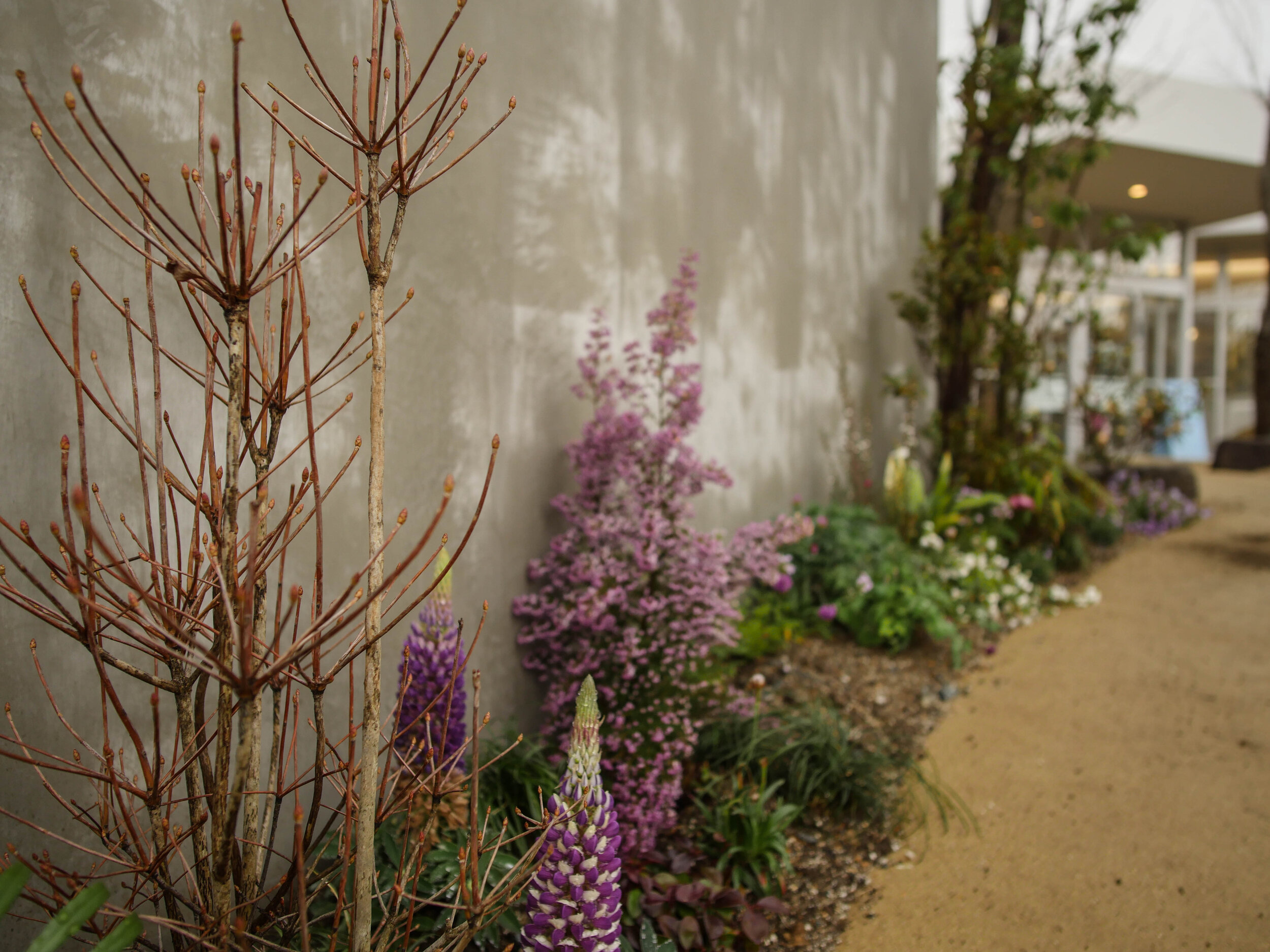Japanese Gardens
This page looks at the design style potager
Common design elements
Stone and Vegetation are integral across Japanese styles. Water is usually part of the design flowing or stagnant and is sometimes represented using hard surfaces.
Water -
Stone -
What are the Japanese Styles?
There are multiple garden styles that exist across Japan. Below are a few with examples.
Tea Gardens
Tea gardens are connected to a tea house and are used in tea ceremonies. Tea ceremonies with roots in Zen Buddhism are formally carried out inside on a tatami mats (often four and a half mats). The participants are seated on the floor and the tea is prepared in their presence. However, tea ceremonies can also be carried out in the garden. The buildings are generally sat within the landscape well when made from natural materials like timber and earth render.
The garden leading to the tea house is called a ‘roji’. My short personal experience in tea gardens has been of many fine canopy trees with a dense floor of moss. This garden is intended to prepare the participant for the ceremony.
After entering through a gateway or arbour you will find a water source to clean before entering called a ‘tsukubai’. Made from stone the participant will crouch to clean their hands and rinse their mouth. Inside the stone water vessel are attendant stones arranged into a formation.
Dry Garden
Contemporary Study Garden
Stroll Garden
Contemporary Fusion
Plantings
Deciduous
Acer palmatum
Prunus serrulata
Cornus
Ginkgo biloba
Lagerstroemi indica
Evergreen
Camelia sasanqua
Climbers
Wisteria chinensis
Shrubs
Ilex
Azalea
Coniferous
Picea pungens
Pinus thunbergii
Groundcover
Moss
Principles
Pruning techniques
Cloud pruning
Reduction
Artificial ageing through lowering lateral branches






























